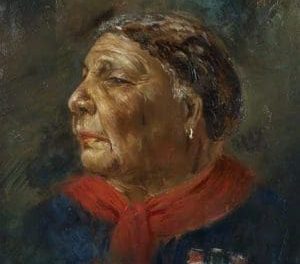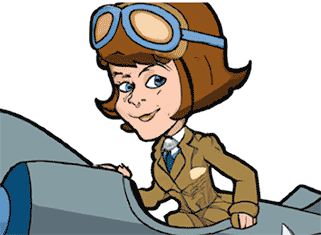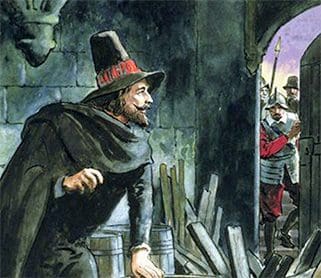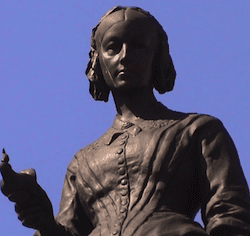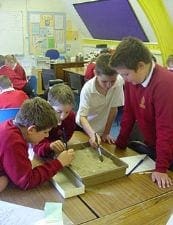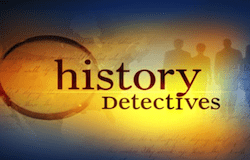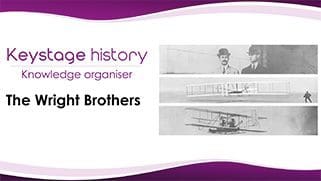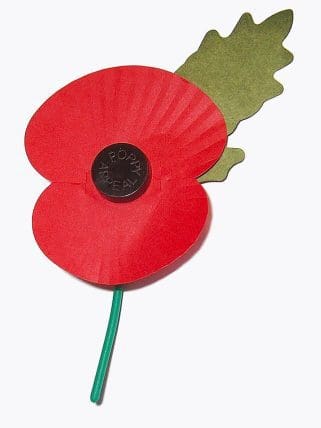
More than a century ago, in 1921, paper poppies were first sold to raise money for returned soldiers of the First World War. In postwar society, many veterans struggled to find homes, employment and financial security, so associations were formed to campaign for their rights The British Legion was set up to help these veterans and had the idea of selling poppies.
In its first year, the Legion sold 9 million poppies, entrenching the deeply felt symbolism attached to the poppy since the 1915 publication of the poem In Flanders Fields by Lieutenant Colonel John McCrae.
In Flanders’ fields the poppies blow
Between the crosses, row on row,
That mark our place: and in the sky
The larks, still bravely singing, fly
Scarce heard amid the guns below.We are the dead. Short days ago
We lived, felt dawn, saw sunset glow,
Loved and were loved, and now we lie
In Flanders’ fields.Take up our quarrel with the foe;
To you from failing hands we throw
The torch; be yours to hold it high,
If ye break faith with us who die
We shall not sleep, though poppies grow
In Flanders’ Fields.
Commemorative events were scaled back during the Second World War, and poppy-wearing remained limited until the 1990s when the British Legion campaigned successfully to reintroduce the two-minute silence. Since then, poppy-wearing has become widespread not just on Armistice Day but in the weeks leading up to 11 November. It is now unimaginable for a public figure or a BBC journalist to appear without wearing a poppy in early November

